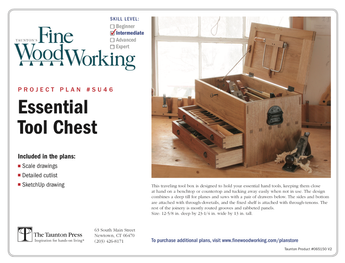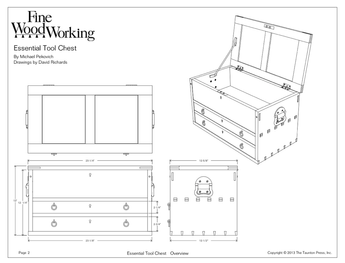I trust this falls within the realm of joinery….
I mentioned a while back that a friend gave me a log of Pacific Yew. It’s about 8″ in diam at the large end, 6″ at the small end and about 8′ long.
I’ll probably try turning some stuff out of it but since the log is so small, I’d like to try re-sawing it and doing a glue-up rather than waste too much material.
Last night I decided to whack a short piece off the large butt end and slice it lengthwise to see what was inside. The heartwood is absolutely beautiful. I made the first slice about 1″ off center of the log after milling a small flat on one side trough the jointer.
The question is; I can see where I might be able to slice off 1 1/2″+- ‘slats’ if I went for 1/4 sawn grain pattern mostly. The one thin piece that I ripped off didn’t warp or move much in 24 hours so the log is pretty old and seems to be well seasoned. If you had this piece of wood, what would you do with it and how would you approach making boards, small though they might be, out of it?
[email protected]













Replies
Dennis,
re: "The one thin piece that I ripped off didn't warp or move much in 24 hours so the log is pretty old and seems to be well seasoned"
Logs don't season. Cut wood seasons. I suggest that you saw the logs into boards as close to the thickness that you plan using them (if such a use even exists yet in your thinking). Don't anticipate resawing.
Get the wood cut. Don't let it sit as logs. The best time to cut lumber is as soon after the tree is cut as possible. Then stack it using good stickering methods to support the wood and to let air into the stack so that id dries flat. You'll get the best figure if you plane saw the logs.
Rich
Hi Rich -
Thanks for the response.
> ...The best time to cut lumber is as soon after the tree is cut as possible.
I'm outta luck here since the log's been down for who knows how many years. It was a gift of a gift, so to speak.
> ...I suggest that you saw the logs into boards as close to the thickness that you plan using them
OK, but (stupid newbie question...) do I just start ripping slabs to thickness of the side of the log or ...? I know just enough to be dangerous - there's quarter sawn and flat sawn and probably others as well. If I just slice slabs off the side of the log I'll have flat sawn (that's a question not a statement) for a while until I start cutting closer to the center. Then I'll get 1/4 sawn but I'll also have the pith in the middle of the board so I imagine that will have to be sawn out as waste (again a question not a statement).
> (if ...a use even exists yet in your thinking).
I'm thinking Pacific Yew would make a great handle for a mallet I'm working for a buddy. Most of it if not all will be turned, like I said, probably staving up some cannisters and/or boxes since the piece isn't that large to begin with.
Thanks again for the reply.
Dennis in Bellevue WA
[email protected]
Dennis,
Regarding sawing as soon after the log is cut . . . I just mentioned that, realizing that you are not dealing with a freshly-cut tree.
If you start cutting tangentially to the log, and keep on going, you will get plane-sawn lumber and quarter sawn lumber, as you naturally progress from a tangential cut to a radial cut. There are other strategies, depending on your goal. It sounds like you would like both types of cuts.
To obtain mostly plain sawn, you stop cutting after several passes, and rotate the log 90°. This is done twice more, leaving a square of the pith wood.
Since you are going to be doing some turning, make sure you cut large enough blanks.
Most of all, have fun. Whatever turns out, you will benefit.
Rich
This forum post is now archived. Commenting has been disabled